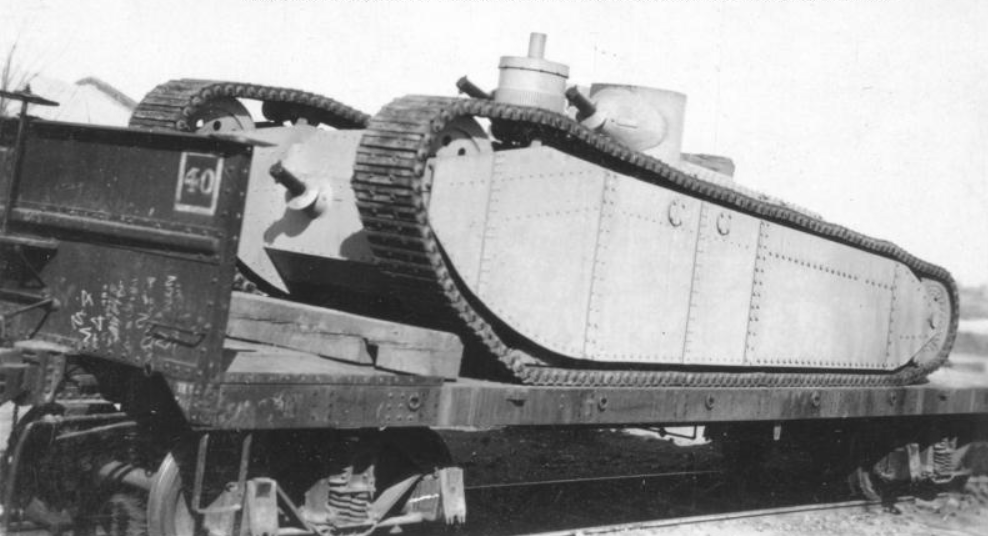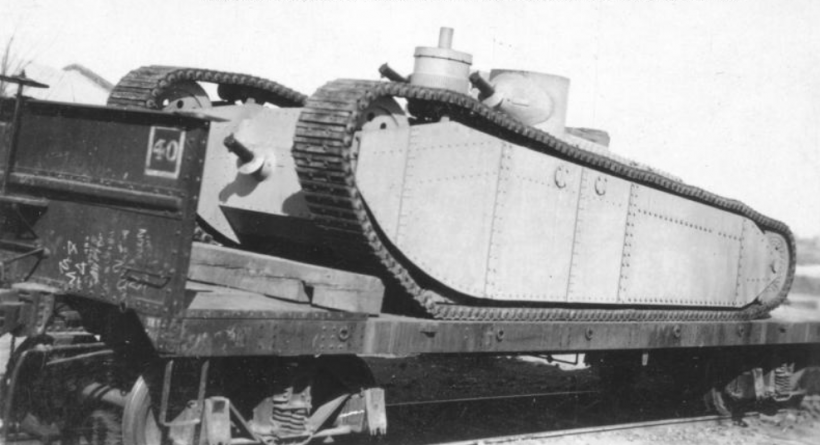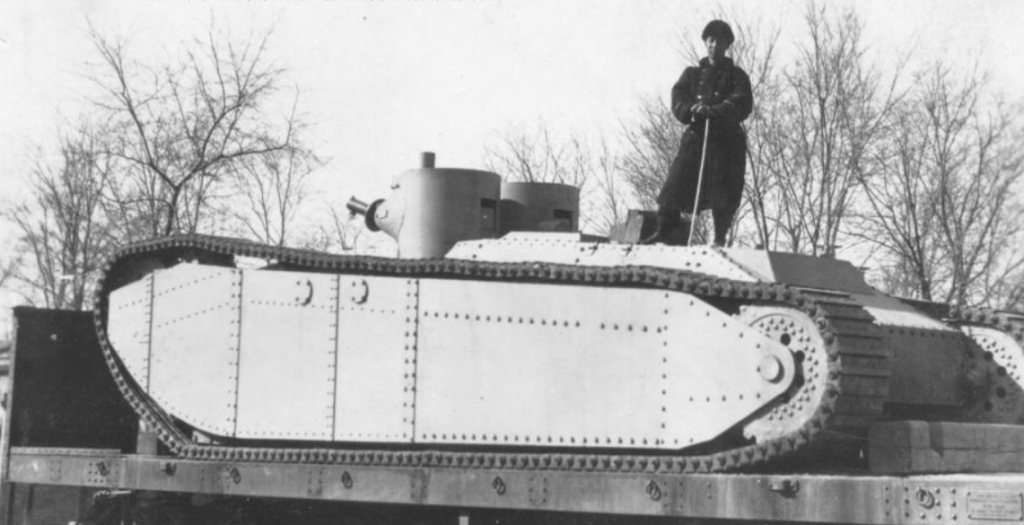
The 1920s was a turbulent time in Chinese history, with most of the country divided and suffering through numerous conflicts between a multitude of warlords competing for autonomy. Following the Northern Expedition between 1926 and 1928, the country was ostensibly unified under the Nationalist Chinese. Prior to the country’s pseudo-unification, many warlords built their militaries upon mercenary advisors and business dealings with foreign firms for weaponry. This resulted in a myriad of foreign equipment being delivered to China. For example, Zhang Zuolin’s Fengtian Clique made several purchases from French firms between 1923 and 1926 for warplanes, tanks, and small arms. Furthermore, many warlords also purchased industrial equipment to manufacture weapons for their own armies. In addition to small arms, warlords were able to construct various improvised armored vehicles based off of regular cars and trucks. These indigenous armored cars often accompanied tanks purchased from abroad in combat. In the midst of all the one-off and obscure armored creations, one particularly notable vehicle belonging to the infamous “Dogmeat General” Zhang Zongchang (张宗昌) stands out amongst the rest. Unlike the makeshift armored cars used by most warlords, Zhang’s vehicle was that of a tank. Numerous warlords had already been able to obtain various types of tanks from purchases. However, Zhang’s tank was notable in the sense that it appeared to have been constructed indigenously and was not not foreign-made. Popularly referred to as the “Studebaker tank”, only two photos of the tank are known to exist, taken by a photographer from an American military attaché group led by Captain David Barrett visiting Zhang’s army.
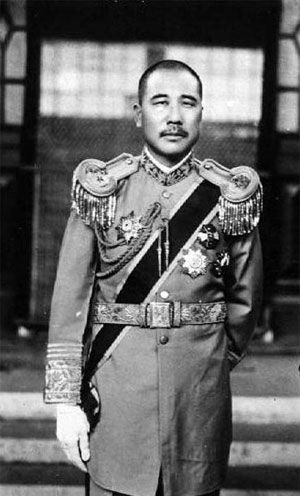
Despite almost a century passing since the photos were taken, little about the tank’s history or specifications are known. Numerous theories and conjectures have formulated throughout the years, but nothing definitive can be reached. A popular theory prevalent in Chinese literature suggests that this tank was constructed in China at the Jinan Xincheng Infantry Arsenal (济南新城兵工厂). The Jinan Arsenal was originally formed in February 1926 following Zhang’s decision to move the Dezhou Infantry Arsenal to Jinan, and consisted of Western manufacturing equipment. The tank was allegedly constructed under the supervision of Czechoslovakian arms specialist Ferdinand Hauschildt, who was hired by Zhang to oversee arms production. Curiously, Hauschildt was referred to as German by some sources. This can likely be attributed to his name sounding exceptionally German as well as the fact that Zhang had also hired German specialists to oversee arms production. There are also claims that this tank was designed and produced for Zhang by White Russians (or remnants of the exiled Czechoslovak Legion). This too is possible as Zhang made extensive use of White Russian mercenaries, but there too is no known conclusive evidence to support this. There are also claims that this tank was captured by Nationalist Chinese forces in 1927 and was briefly put on display in Nanjing. The tank was allegedly nicknamed “steel bull” (铁牛) by Nanjing’s citizens before it was scrapped. If this vehicle was truly built domestically, it could very well be the first indigenous tank built in China if one disregards armored cars.
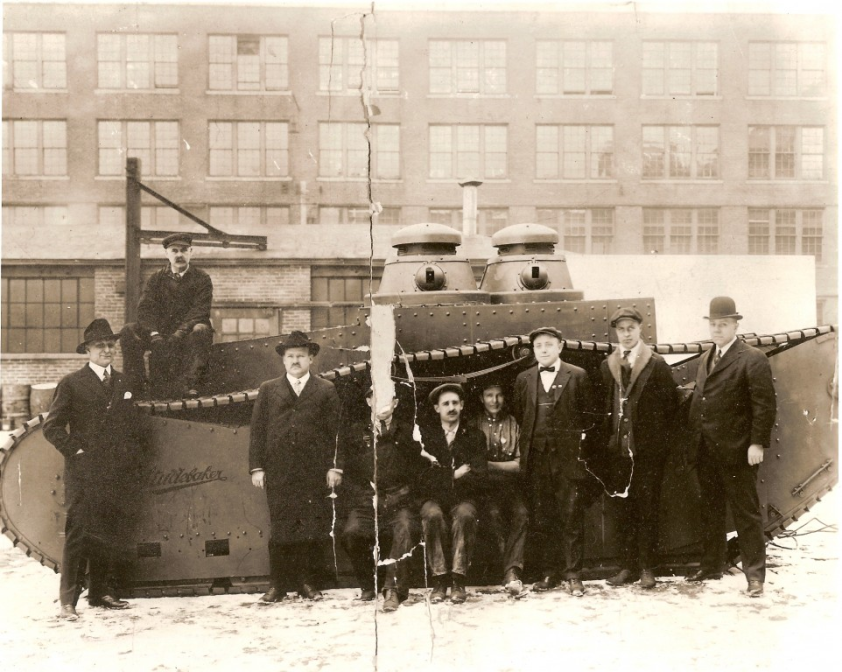
Another theory is that this tank was built and purchased from abroad, likely from the British or Americans. Reasoning behind this theory lies in the fact that the tank in question bears some resemblances to the World War I-era British / American Studebaker Tank or the British Medium Mark D. The Studebaker tank was designed in the Summer of 1918 by two British officers attached to the British Tank Mission in Washington, DC and produced by the American Studebaker Corporation located in South Bend, Indiana. The power-plant of the Studebaker tank was the British Hall Scott 4-cylinder water-cooled aircraft engine, and its running gear and tracks were based upon the British Newton tractor, also produced by Studebaker. Although designed as a competitor to the British Medium D tank, the Studebaker tank ultimately did not see service with the British due to the war’s conclusion. However, a sole prototype was able to be completed and sent to Britain for field trials albeit without the two machine gun turrets. According to historian David Fletcher, the Studebaker tank was able to achieve a maximum speed of 19.35 km/h / 12 mph and had a minimum crew of three. The British had plans to use the Studebaker tank as an unarmed tractor or a supply tank, but these plans were also forfeited upon the war’s conclusion. The fate of the Studebaker tank prototype is ultimately unknown, but most sources agree it was likely scrapped. Zhang’s tank certainly bore several design resemblances to the Studebaker tank and British Medium Mark D tank, such as the all-around continuous tracks, and similarities between the tanks’ side armor arrangement, the low profile, and in the case of the Studebaker tank, the two machine gun turret set-up (though the turret designs differed). Thus, in accordance with one theory, Zhang’s tank could have been produced by either the Americans or British and was possibly based upon the aforementioned tanks. However, no evidence is yet known to corroborate this theory that a foreign firm produced and exported this tank to Zhang.
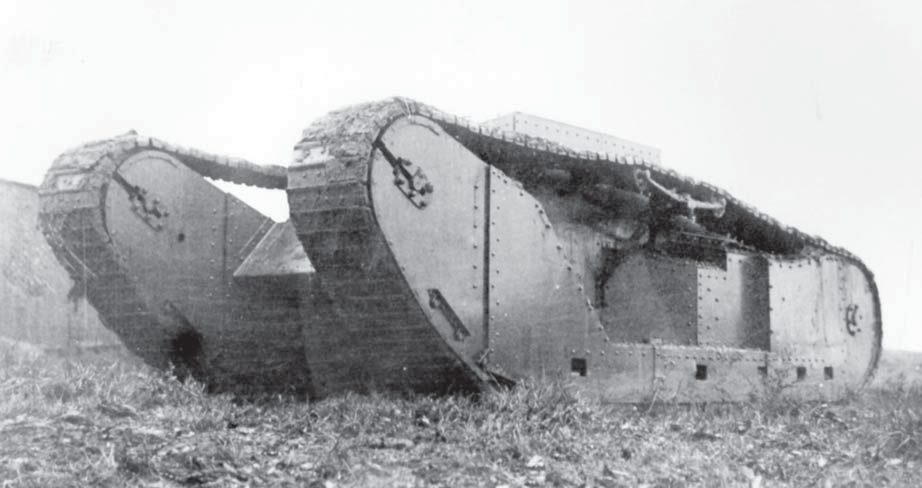
From a cursory observation, the tank was armed with three Maxim machine guns. Both of the tank’s turrets housed a machine gun, while the third machine gun was housed in a ball mount in the hull. Due to what appears to be armor plating covering the sides, it is unknown what the suspension of the tank looked like. There is, however, a visible idler and sprocket wheel. Other than what can be deduced based on the photos. not much else is known about the tank such as its armor values, crew count, specific dimensions, powerplant, and performance. Curiously, there are also speculations that the tank may not have even been functional at all. Some literature suggests that the tank was built solely as a “paper tiger” to intimidate Zhang’s opponents. Whether or not this theory holds any merit, will likely remain forever unknown.

In conclusion, the tank depicted in the two photos taken by the American attaché group from their visit to Zhang’s forces is perhaps one of the most mysterious yet interesting oddities to originate from China’s Warlord era. Despite almost a century passing since the photos were taken, little to no definitive information has surfaced to explain the vehicle’s true history. Up until that point, most of China’s warlords were only capable of importing foreign armored fighting vehicles, and to a lesser degree able to create makeshift armored cars. If this mysterious tank was indeed functional and not a mere “paper tiger”, it could have very well been the first tank (in the most common definition) to be manufactured in China, preceding the Type 59 medium tank (considered to be China’s first tank based on the Soviet T-54) by around thirty years. The truth about this tank however, may never be known.
